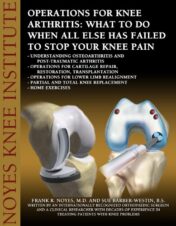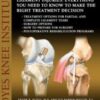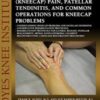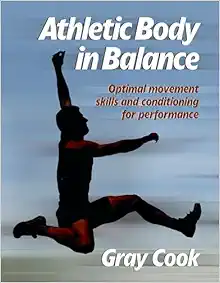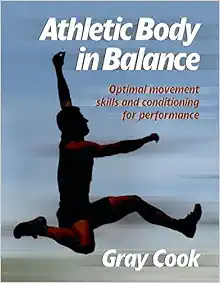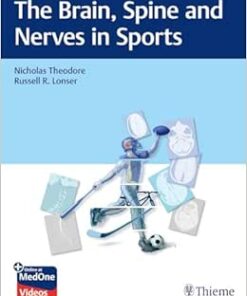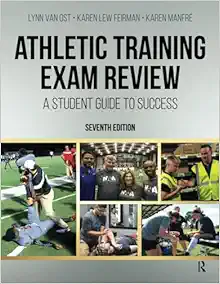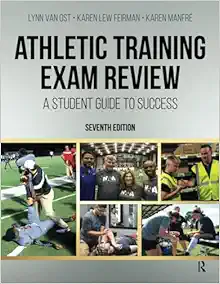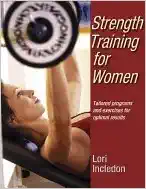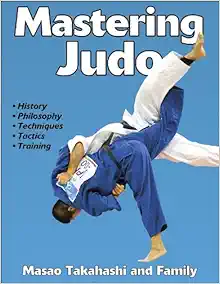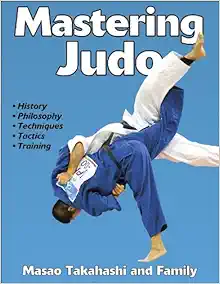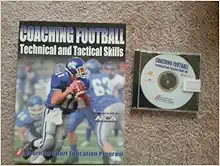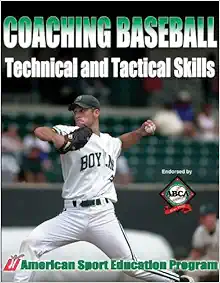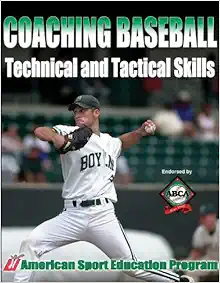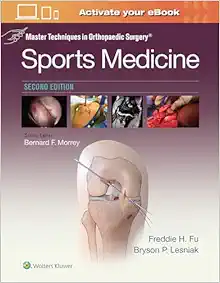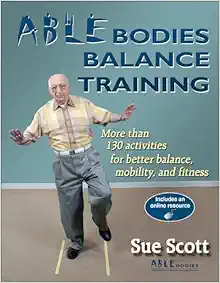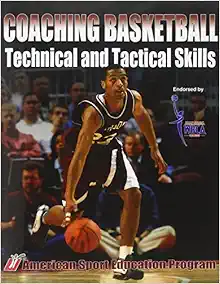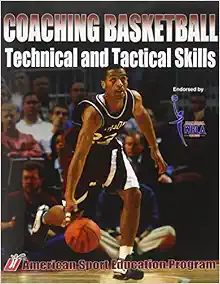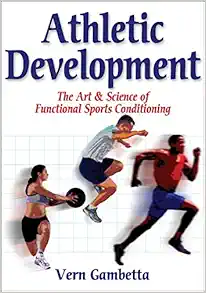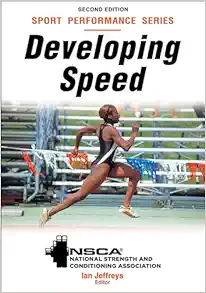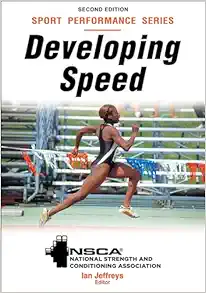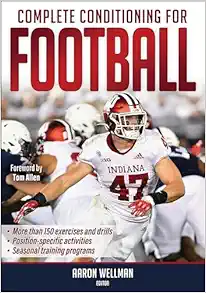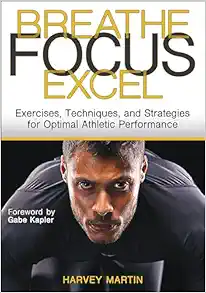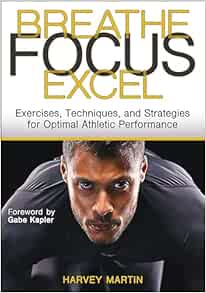Operations for Knee Arthritis: What To Do When All Else Has Failed To Stop Your Knee Pain
$15
Operations for Knee Arthritis: What To Do When All Else Has Failed To Stop Your Knee Pain
Knee arthritis is a potentially devastating condition that affects millions of individuals worldwide. Osteoarthritis (degeneration of joint cartilage and underlying bone) usually affects middle-aged and elderly people, but post-traumatic arthritis can happen to anyone who has suffered a knee injury. In general, knee arthritis involves the breakdown or degeneration of the joint lining (articular cartilage) on the ends of the bones in the knee joint and may also involve loss of the normal amount of space between these bones.
Conservative treatment is usually attempted first in order to avoid surgery and there are many exercises, special diets, and medications (pills and injections) that are typically prescribed for osteoarthritis and post-traumatic arthritis. Unfortunately, these conservative methods do not always work to resolve pain, swelling, and limitations with sports or daily activities and surgery becomes necessary. This is especially true for patients who have lost a great deal of joint lining. There are no magical medications, diets, or cures to stimulate growth of normal cartilage in the knee joint. Cartilage does not have the ability to heal or repair itself and, once injured, the process of deterioration will gradually continue.
Currently, few eBooks exist that provide detailed information on the different operations that are recommended by physicians and surgeons for knee arthritis for patients of all ages. After treating patients for nearly 4 decades with this problem, we decided to write this eBook to try to help individuals understand the different operations that are currently used after conservative treatment has failed, and what to realistically expect as a result of these operations. While most people think of total knee replacement as the operation used for knee arthritis, there are in fact many other options. This is because the amount of arthritis may be mild, moderate, or severe and may involve one portion of the knee joint or several areas. These operations include arthroscopic debridement, microfracture/abrasion, osteochondral autograft transfer, autologous chondrocyte implantation, osteochondral allograft, high tibial osteotomy, femoral osteotomy, meniscus transplantation, unicompartment (partial) knee replacement, and total knee replacement. Patients who sustained knee injuries may also require other operative procedures done at the same time, such as a knee ligament reconstruction or patellar realignment.
This eBook provides information on basic knee anatomy, how arthritis is diagnosed and measured in the knee, the factors that go into deciding whether or not to have surgery, what types of operations are available and what to expect from these procedures, and physical therapy that is required after surgery. In addition, exercises to do at home and in a fitness club are described in detail.
Related Products
Sports Medicine Books
Sports Medicine Books
Sports Medicine Books
Sports Medicine Books
Sports Medicine Books
Sports Medicine Books
Mastering Jujitsu (Mastering Martial Arts) (Original PDF from Publisher)
Sports Medicine Books
Sports Medicine Books
Sports Medicine Books
Sports Medicine Books
Sports Medicine Books
Sports Medicine Books
The Softball Coaching Bible, Volume I (The Coaching Bible) (Original PDF from Publisher)
Sports Medicine Books
The Softball Coaching Bible, Volume I (The Coaching Bible) (EPUB)
Sports Medicine Books
Sports Medicine Books
Sports Medicine Books
Sports Medicine Books
Sports Medicine Books
Breakthrough Swimming by Colwin, Cecil published by Human Kinetics (2002) (EPUB)
Sports Medicine Books
Sports Medicine Books
The Brain, Spine and Nerves in Sports (Original PDF from Publisher)
Sports Medicine Books
Sports Medicine Books
Athletic Training Exam Review, 7th Edition (Original PDF from Publisher)
Sports Medicine Books
Sports Medicine Books
Sports Medicine Books
Sports Medicine Books
Sports Medicine Books
Softball Fundamentals (Sports Fundamentals Series) (Original PDF from Publisher)
Sports Medicine Books
Sports Medicine Books
Sports Medicine Books
Sports Medicine Books
Sports Medicine Books
Mastering Judo (Mastering Martial Arts Series) (Original PDF from Publisher)
Sports Medicine Books
Fitness Walking, 2nd Edition (Fitness Spectrum Series) (Original PDF from Publisher)
Sports Medicine Books
Sports Medicine Books
Sports Medicine Books
Coaching Fastpitch Softball Successfully (Coaching Successfully), 2nd Edition (EPUB)
Sports Medicine Books
Sports Medicine Books
The Soccer Coaching Bible (The Coaching Bible) (Original PDF from Publisher)
Sports Medicine Books
Sports Medicine Books
Coaching Football Technical and Tactical Skills (Technical and Tactical Skills Series) (EPUB)
Sports Medicine Books
Coaching Baseball Technical and Tactical Skills (Technical and Tactical Skills Series) (EPUB)
Sports Medicine Books
Sports Medicine Books
Gifted: 8 Steps to Succeeding in Sport, Work, and Life (Original PDF from Publisher)
Sports Medicine Books
Gifted: 8 Steps to Succeeding in Sport, Work, and Life (EPUB)
Sports Medicine Books
Functional Strength Training for Physical Education (Original PDF from Publisher)
Sports Medicine Books
Sports Medicine Books
Developing Endurance, NSCA – National Strength & Conditioning Association (EPUB)
Sports Medicine Books
Dance Partnering Basics: Practical Skills and Inclusive Pedagogy (Original PDF from Publisher)
Sports Medicine Books
Dance Partnering Basics: Practical Skills and Inclusive Pedagogy (EPUB)
Sports Medicine Books
Conditioning for Esports: A Guide to Training and Performance (Original PDF from Publisher)
Sports Medicine Books
Conditioning for Esports: A Guide to Training and Performance (EPUB)
Sports Medicine Books
Age Strong: A Woman’s Guide to Feeling Athletic and Fit After 40 (Original PDF from Publisher)
Sports Medicine Books
Age Strong: A Woman’s Guide to Feeling Athletic and Fit After 40 (EPUB)
Sports Medicine Books
Biochemistry for Sport and Exercise Metabolism, 2nd edition (Original PDF from Publisher)
Sports Medicine Books
Becoming a Sustainable Runner: A Guide to Running for Life, Community, and Planet (EPUB)
Sports Medicine Books
Archery: Steps to Success, 5th Edition (Original PDF from Publisher)
Sports Medicine Books
Sports Medicine Books
Badminton: Steps to Success, 2nd Edition (Original PDF from Publisher)
Sports Medicine Books
Aquatech: Best Practices for Pool and Aquatic Facility Operators (Original PDF from Publisher)
Sports Medicine Books
Sports Medicine Books
Sports Medicine Books
The Women’s Basketball Drill Book (Original PDF from Publisher)
Sports Medicine Books
Sports Medicine Books
Sports Medicine Books
Genetics Primer for Exercise Science and Health (Primers in Exercise Science) (EPUB)
Sports Medicine Books
Coaching Basketball Technical and Tactical Skills (Original PDF from Publisher)
Sports Medicine Books
Sports Medicine Books
Adapted Aquatics Programming: A Professional Guide, 2nd Edition (Original PDF from Publisher)
Sports Medicine Books
Sports Medicine Books
Sports Medicine Books
Sports Medicine Books
Sports Medicine Books
Sports Medicine Books
Promoting Elementary School Physical Activity: Ideas for Enjoyable Active Learning (EPUB)
Sports Medicine Books
Smarter Recovery: A Practical Guide to Maximizing Training Results (EPUB)
Sports Medicine Books
Run Healthy: The Runner’s Guide to Injury Prevention and Treatment (EPUB)
Sports Medicine Books
Sports Medicine Books
Sports Medicine Books
Pickleball Fundamentals, 2nd Edition (Original PDF from Publisher)
Sports Medicine Books
Sports Medicine Books
Personal Best Running: Coach Coogan’s Strategies for the Mile to the Marathon (EPUB)
Sports Medicine Books
Developing Speed (EPUB)- NSCA – National Strength & Conditioning Association, 2nd Edition
Sports Medicine Books
Complete Conditioning for Football (Original PDF from Publisher)
Sports Medicine Books

